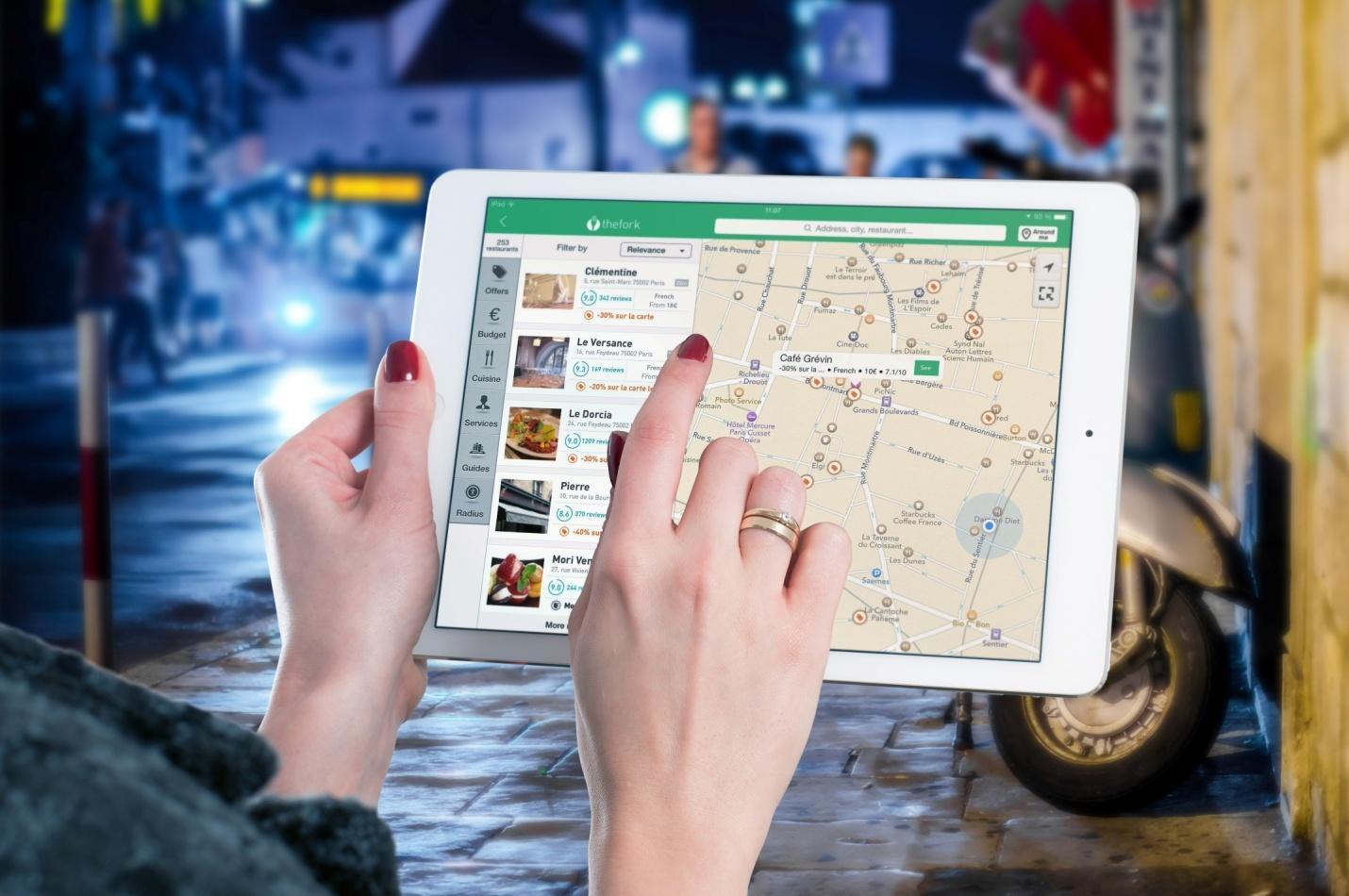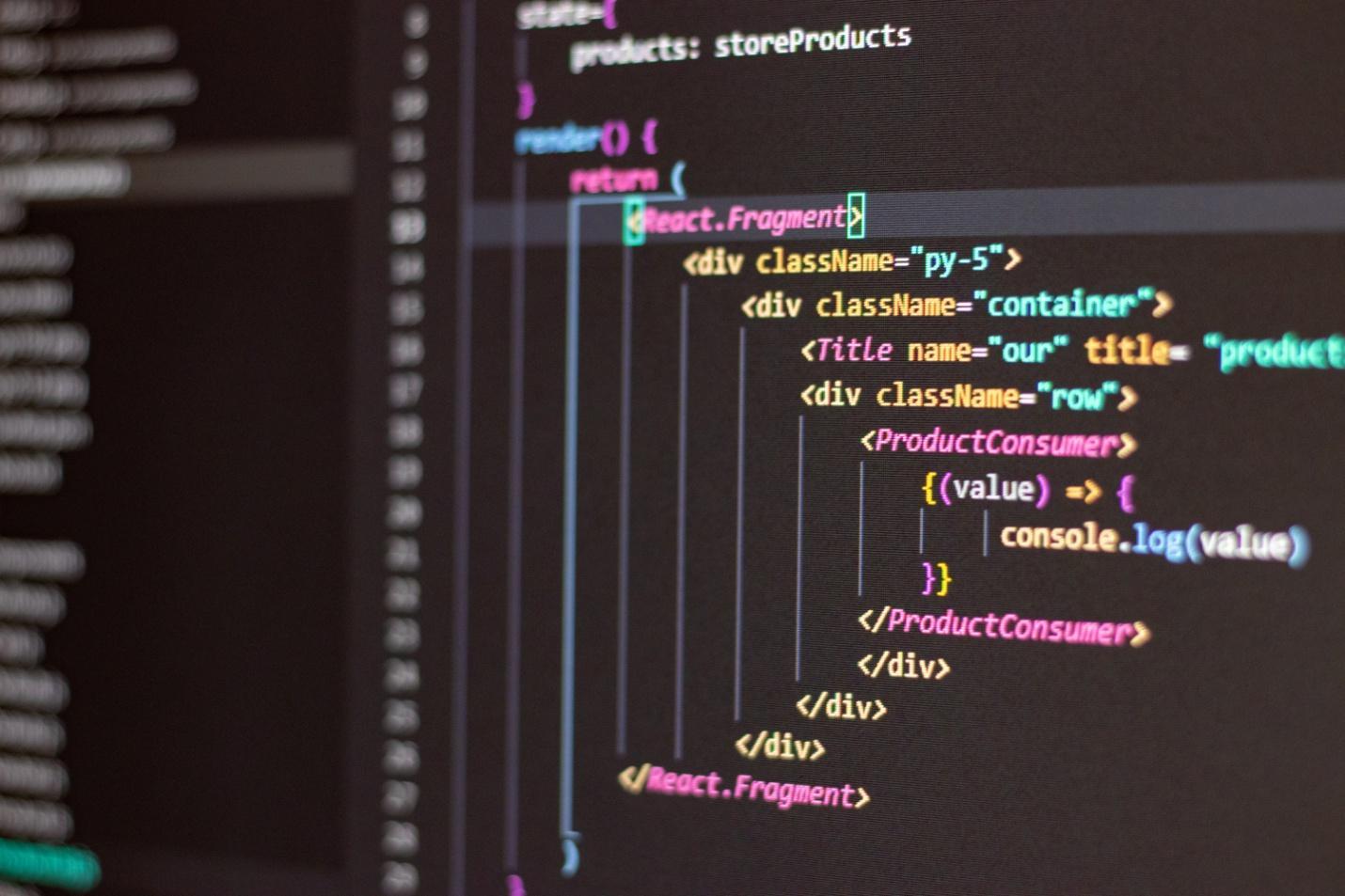App development can differ widely depending on the type and complexity of the app that you’re designing. However, it’s also a very essential skill to master since most businesses have become app-centered. Whether it is a web-based app or a smartphone app, 88% of people spend time interacting with apps.
So, here is a road map for app development for Android and iOS:
Justifying the App’s Existence

Whatever app you’re building, you have to justify its existence. You have to answer two key questions:
What Problem Does Your App Solve?
If your app is to succeed, it will have to do something useful for your customers. Hence, it should either solve a problem or help them do something that’s difficult and make it easier. Like it or not, “Necessity is the mother of invention” is still a valid idiom.
What are the Customer Pain Points?
You need to understand the customer’s pain points as well. Solving those pain points will lead you to a successful app. Both startups and established brands follow this step to great success.
Hence, understanding what problem you’re solving and how you’re solving it is the first step to building that app. You need to understand the customer’s pain points as well. Solving those pain points will lead you to a successful app. Both startups and established brands follow this step to great success.
Hence, understanding what problem you’re solving and how you’re solving it is the first step to building that app.
Market Testing and Research

After you’ve decided on what your app will do, you need to conduct market research. You need to back up your suppositions and assumptions with hard facts and statistics. Without these, you may overshoot and seriously misjudge the market. Or worse, you might end up with a product that no one wants to buy. Analyze what competitors are doing and what they can’t offer. Find out whether your idea is truly profitable and if it can sustain its cost.
You can do this a bunch of different ways:
- Search the internet for current trends and similar products.
- Conduct surveys to validate your assumptions and identify concerns.
- Look at any and all direct competitors you can find
This will help you justify any claims you’re making if and when you’re asking for funding from investors.
Building a Minimum Viable Product and Validate

Your app will not turn out perfect the first time. However, you can’t wait for that to happen before you release it. This isn’t a movie or a painting.
Hence, you need to create a minimum viable product that works as a bare minimum before you do that. This is a version of your app that concentrates on its core features and doesn’t have the bells and whistles or the polish.
Apps that you use today have gone through hundreds of evolutions to get there. Some may have forgotten this but Facebook used to crash all the time during its early years. Only when it went through thousands of iterations did it become the stable social network it is today.
Build and Test a Wireframe for Your App

Wireframing is an essential part of the road map for app development for iOS and Android. A wireframe defines the structure of your app through a blueprint of sorts. This is the phase that will help you polish and design your app professionally.
This will include several elements including the design, the user interface, the extra features, and the aesthetic. All this will determine how usable your app is and how well it will appeal to your core audience. You can also look at the bugs and kinks in the software at this stage. You can also add features for increased usability.
Build the App Itself

This is the stage of the app which will involve implementing everything including design and functionality. Design plays a huge role in the success of your application. If you look at just how design focused Apple and Google have become, it comes down to them establishing identity.
Hence, whatever design you go with, people will always identify your brand and company with it. Also, designing the app includes the user experience as well. The more responsive and fluid and hassle free your app is, the more appealing it will be to customers.
Monetize and Deploy Your App

You obviously need to monetize and deploy your app to actually test its appeal. Whether you go with an in-app purchase model, an ad-based model, or a purchase-to-use model, follow through. You need to learn whether the app you’ve designed is appealing enough for people to use, pay for, and rely on.
You should have a marketing plan for deployment as well, which will appeal to your core audience. This is where the market research and testing and minimum viable product design will work their magic. Your marketing plan should be focused and realistic. Meaning it should be focused on your target audience.
Get Feedback and Keep Improving Your Application

After deployment, you should look forward to all sorts of feedback. Look out for both positive and negative feedback. The former will tell you which aspects of the app are immediately appealing to your customers. The latter will tell you what you need to improve immediately. This feedback loop will never end. It will help you stay ahead of the curve and focus on improving your app. This will help your app go through several iterations and updates so that it continues to get better.
This is the standard development roadmap for apps across the board on Android and iOS. There are tweaks and differences here and there, but this roadmap guarantees that your app will be well thought out. it’s the best way to get through to your core audience and succeed. Parse is a very capable backend tool, and Alamo Fire and Rx Swift provide so many functionality libraries without needing third-party integration. These technologies are some of the best for iOS mobile app development.
Reach out to us today and let’s start the journey to your next greatest app!
